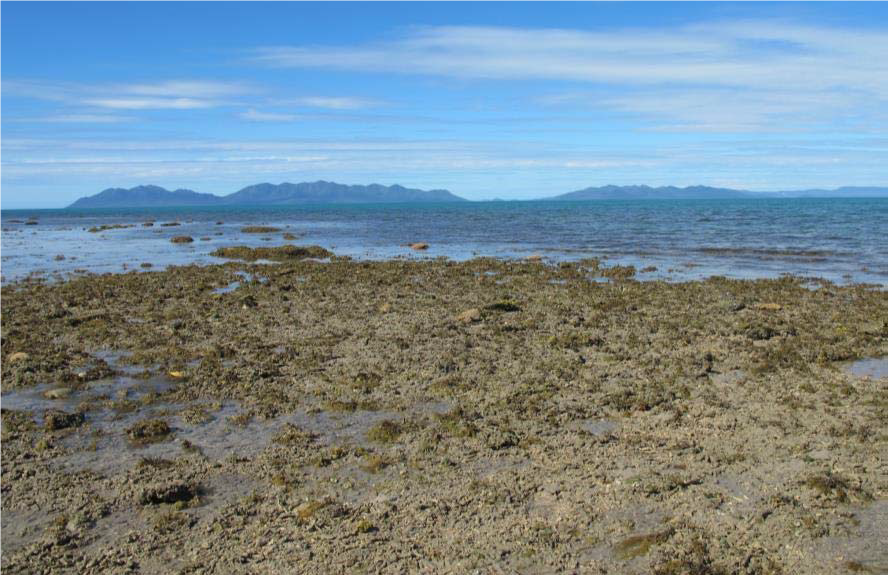Old photos show the extent to which we have lost many inshore GBR reefs. But is it natural?

Stone Island 1890 per GBRMPA

Stone Island 2012 per UQ?
Professor Jian-xin Zhao from UQ’s School of Earth Sciences said. “These photographs taken from the late 19th Century onwards of two inshore Great Barrier Reef locations near Bowen, Queensland, reveal a dramatic loss of coral cover”.
Using techniques including uranium-thorium dating in UQ’s Radiogenic Isotope Laboratory researchers were able to determine when the corals had died with a precision of up to one to two years. Stone Island was wiped out by a flood in 1918 and has shown very little change since.
In January 1918 a disastrous flood was associated with an intense cyclone, where 24.70 inches rain fell in 24 hours at Mackay. Twenty lives were lost and there was enormous damage to property. All the rivers between Townsville and Gladstone were affected. A portion of the Don River Bridge at Bowen washed away.

“The impact of this earlier event was described as though a huge razor had shaved off all the coral growth and it is still like this today. The reasons why remain speculative and require further investigation.
“For Stone Island, which shows little evidence of recovery, any future disturbances may further hinder its ability to bounce back.”
